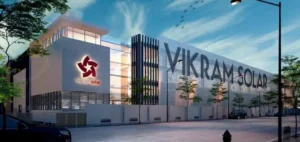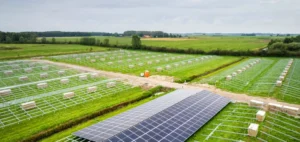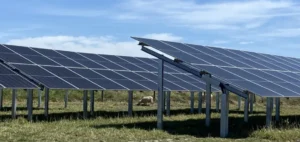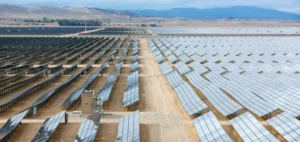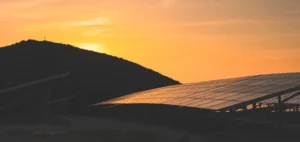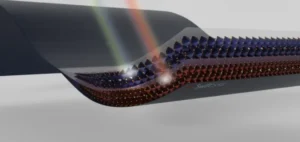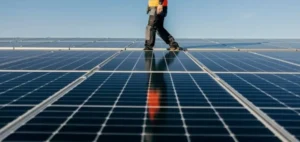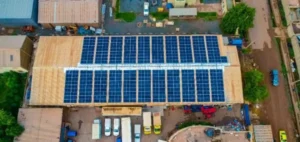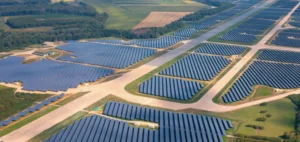The European Bank for Reconstruction and Development (EBRD) has approved €192 mn ($209 mn) in financing to support the construction of three solar power plants in south-eastern Romania, with a combined installed capacity of 531 MW. The project covers the Slobozia, Corbii Mari and Iepuresti II sites, located in Dâmbovița and Giurgiu counties.
A structure combining equity and commercial loans
Of the total amount, €64 mn ($69.7 mn) will be directly financed by the EBRD, while the remaining €128 mn ($139.6 mn) will come from commercial lenders. This approach aims to mobilise more private capital around renewable infrastructure by reducing perceived risks for investors through the direct involvement of the multilateral bank.
The facilities are expected to generate around 676 GWh of electricity per year. The entire project aims to support Romania’s national target of reaching 38% renewable energy in gross final consumption by 2030, by strengthening local electricity production and limiting dependence on imports.
A project backed by Romania’s first CfD scheme
The Slobozia site will benefit from a 15-year Contract for Difference (CfD) awarded under Romania’s first national CfD auction, launched with EBRD technical assistance. The other two plants will sell their output on Romania’s Day-Ahead Market without direct subsidy.
The CfD mechanism, implemented in 2024, has already awarded 4.2 GW of solar and wind capacity, exceeding the 3.5 GW threshold set by the National Recovery and Resilience Plan. The scheme aims to provide long-term revenue stability for producers while facilitating market integration of renewable energy.
A structuring partnership with Nofar Energy
The projects are majority-owned by Israeli company OY Nofar Energy, listed on the Tel Aviv Stock Exchange. This is the second structured financing between the EBRD and Nofar’s Romanian subsidiary, reinforcing the company’s role in developing local power infrastructure.
The EBRD has invested over €12 bn ($13.1 bn) in 576 projects to date in Romania, covering sectors from transport to energy. This operation aligns with its strategy to support energy security and attract private sector actors to long-term generation asset financing.





